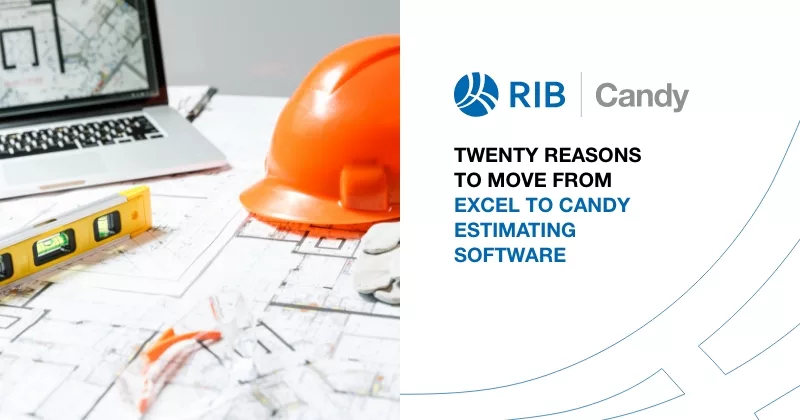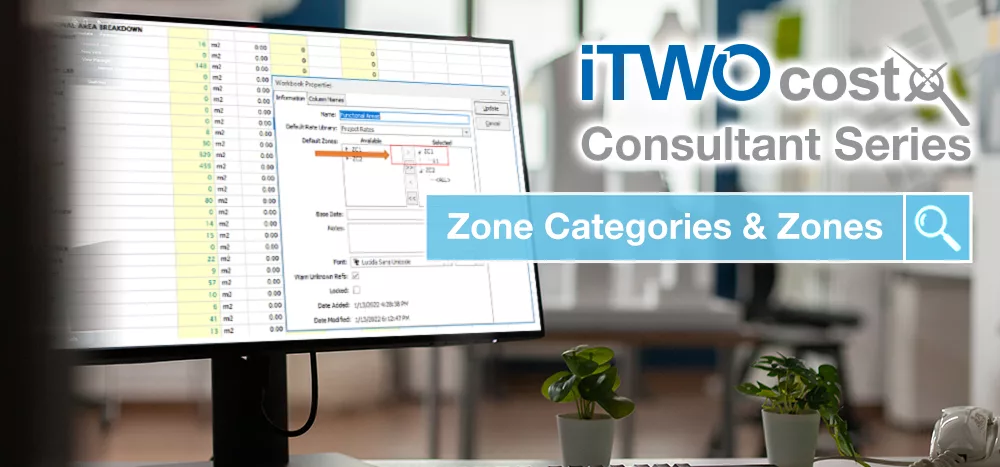22 mins read
Utilising Leading Construction Management Software To Stay On Track

COST.
Whichever way you may choose to spin it, any amount that a company spends, is committed to spend or to which they have a liability (even without a formal contract or Purchase order) is a cost. Even if you are disputing the payment, the cost still exists. To be clear, a cost is related to the point in time at which it occurs and is something completely separate to a payment and the two should never be confused, particularly in the building and construction world.
Costs are incurred at all times throughout a project and include things such as delivery of materials, man-power usage, plant and equipment, sub-contractor certificates and, in fact, any and all elements of the business and project that in any fashion will require a payment (or an offset) to be applied now or in the future.
That being said, if we are to apply that cost to a project, it will need to be recorded and input into true, tried and tested auditable mechanism (this would not include a spreadsheet for the old school among you!). This stands to reason when you consider that every one of these costs will need to be reconciled in the company and project accounts.
Remember, reconciling in the past (leaving it ’til later) will not allow you to apply remedial actions and adjustments to correct over-runs or over-spend as it is already too late so check that your systems are fully operational in ‘real time’.
ALLOWABLES.
The term itself refers to something that fits within a set of rules or parameters which applies in the building construction world to items and costs that can be met by a specific project. Put more simply, things that project money can be spent on (and should have been budgeted for from the outset if you have used CCS Candy Project Control Software!).
Allowables are measured by considering 3 factors: Quantity, Rate and Value.
Your construction software should be capable of handling measurement of quantity (number of resources applied to a piece of work) and the expected output of that work (this will have been accurately assessed during the Estimation phase on CCS Candy). Where any discrepancy appears between the expected output and actual output, your system needs to be able to adjust the quantity accordingly by either increasing or decreasing (we are of course starting to highlight early identification of variance).
Estimating the allowables would have been a major part of the initial tender and estimation phase and the expected total numbers and amounts would have been factored into the overall budget. Although these allowables would have been set out in an expected schedule, how can you accurately measure at any given snapshot in time? Your options are somewhat limited to extremely complicated and in depth trawling through oceans of paperwork and reports (extremely time consuming and fraught with potential errors) or employing state of the art building and construction software that can do this for you (CCS BuildSmart fully integrates with CCS Candy to keep track of your allowables in real time and report on the actual versus scheduled or estimated costs).
Imagine the sheer application of time and resources needed to manually derive an actual assessment of allowables to date, then consider that it is valid only for the immediate time the information was collated and will be out of date before the rest of the required information has been pulled together.
REAL TIME.
The need for your information and comparisons to be in Real Time is paramount to ensuring any deviation from the schedule is highlighted and can be addressed immediately. Systems like CCS BuildSmart ensure that cost and allowable information is continuously updated, meaning the information and comparison is available at any given point in time.
Controlling deviation and variance is vital to maintaining profitability but imagine also the impact of being able to accurately control procurement in advance. By having an accurate snapshot of true progress on schedule enables forward planning of resources to be far more fine-tuned, honing in on exactly what will be required, further controlling cost.
Conclusion
An ability to monitor real time costs and analyse variations as they begin to occur, places Project Managers in a fantastic position to take timely action. Consider the power of knowing the actual position of all elements at all times and not having to rely on rule of thumb or ‘guestimations’ made on site and you start to understand how critical Candy and BuildSmart will become for your organisation.
Most Recent
22 mins read
22 mins read
15 mins read
49 mins read

E-BOOK











